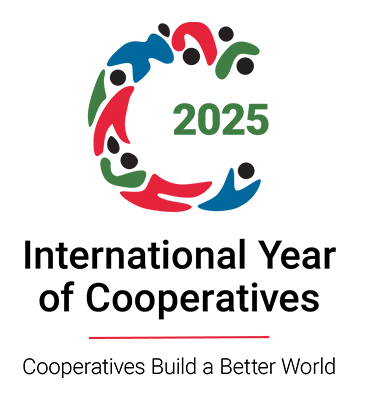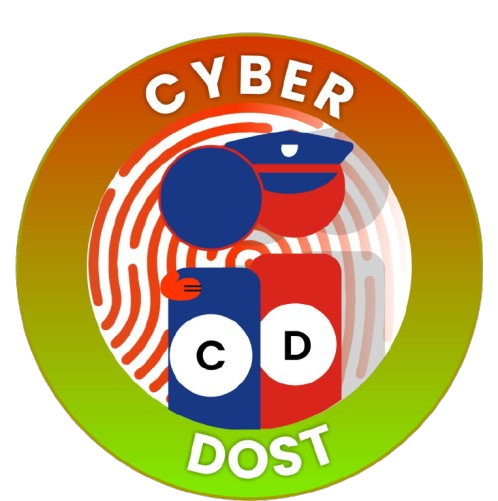Disaster Management Cell
Disaster Management have seen a paradigm shift from crises centric approach to full circle care starting from prevention, capacity building and encompassing response, relief and rehabilitation.
As per the institutional framework, every department is responsible for implementation of emergency response function, pertaining to their field of activity. Emergency Medical Response and the evacuation of victims from the affected area is the core area assigned for the Health and Family Welfare department in times of crisis situation .
The crux of the Emergency Medical Response stands on three pillars:
- Pre- Hospital Emergency care by the First Responders (Police, Fire Department, Medical rescuer deputed in the field, Common public as first respondents).
- Care during transit (Ambulance Services)
- Care in Responding Hospital
As part of capacity building Emergency Medical response training is being imparted to all section of human resources from lay rescuer to medical and paramedical personals.
The resource trained till date is as under:
- Doctors (Working in Health Centers/ Hospitals): 412
- Nurses: 75
- Pharmacists: 150
- Lay-rescuers (School Teachers): 70
- Lay-rescuers (Office staff) : 30
- Hazardous Industry (BPCL): 30
Further Doctors and Nurses working in Hospitals of Delhi Government, Central Government and Local Bodies have been taken up for ongoing training programme on the issues of Emergency Medical responses to cover all doctors and nurse working in the Accident and Emergency Department of Hospitals
To popularize the issue of Dos and Don'ts to the observed in any crises situation the message has been drafted for placing in public domain. The message will be placed in Newspaper from time to time and will also be put up in outdoor publicity medium for wider public dissemination.
DISASTER (Earthquake/Fire/Road traffic accidents/Building collapse/Bomb blast / Epidemics) can strike anytime/ anywhere
Do’s:
- Get help get as soon as possible and maintain patience
- Learn the techniques of Emergency life supports techniques
- Remember that every moment is vital, act quickly.
- Always seek help to shift the victims to a safer place.
- The victims in crisis situation are always in panic, Reassure casualty by talking of them.
Don’ts:
- Go near injured, until you have assessed the danger.
- Waste time in dealing with the seriously injured person, rather shift them to hospital at the earliest
- Move a casualty without getting assistance as far as possible.
- Give a casualty anything to eat or drink.
HOW TO ATTEND INJURED/COLLAPSED VICTIM
Understanding and observing the firs-aid-priorities save lives
- Is there any Danger? - Only approach to a casualty once you are sure that there is no danger for you, injured persons or by standers.
- Check for response – If injured person gives no response, then person may be unconscious.
- There is no response
SHOUT FOR HELP
Call for ambulance–
Is the person breathing –
Yes – Do not move the victim unless necessary
No – Give Good quality cardiac compression @ 100 compressions per minute and maintain airway.
Wait for Expert help to arrive
Most Important: If you suspect spinal or head injuries, it is dangerous to move a casualty except under the supervision of a skilled ad knowledgeable person.
Always keep First-aid kit in the house, public/ private vehicle and work place.
Basic first-aid items: Adhesive tape (such as Micropore), Two crap roller bandages, Three medium and three large sterilized dressing, Two sterilized gauze pads, Two tubular bandages, One sterilized eye pad, two triangular bandages, Cotton wool (For padding only), Cotton buds, Disposable (gloves/Tongue depressor), Tweezers, Eye bath bowl, Round ended scissors, Safety pins and Pocket mask etc.
Learn Emergency Life Support Techniques and be a responsible citizen
Always remember the emergency numbers for assistance:
| Police | 100 |
| Fire Brigade | 101 |
| Ambulance Service | 102, 1099 |
| Whenever you encounter any suspicious situation | 1090 |
| In case of Epidemic (large number of patients with similar signs / symptoms) | 1075 |
| Help in Disaster Situation | 1077 |
Preparedness Measures for Fire Safety
Office Order 787 under Disaster Management Cell
Office Order 782 under Disaster Management Cell
Quick Response Team under Disaster Management (District Wise) for any crisis situations
| Guidelines for Hospital Emergency Preparedness Planning (GIO-UNDP DRM Programme) |
| Format for Quick Response Team |
| Format for Disaster Preparedness |
Issued in public interest by:
Disaster Management Cell
Directorate of Health Services, Govt. of NCT of Delhi,
F-17, Karkardooma, Delhi – 110032,
Telefax: 011-22393512
disasterdhs[at]gmail[dot]com


 स्वास्थ्य सेवा महानिदेशालय
स्वास्थ्य सेवा महानिदेशालय 


